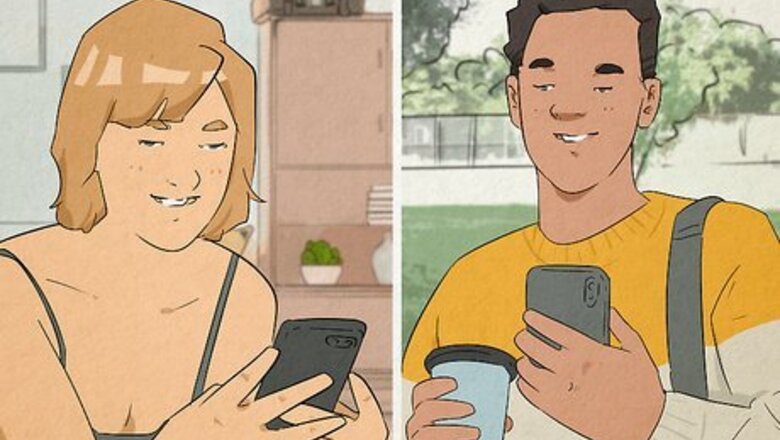
views
X
Research source
????️ (Japanese “acceptable” emoji)
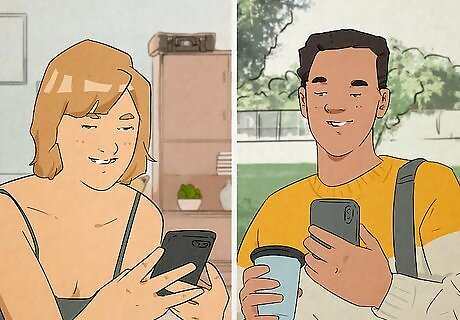
????️ means “acceptable” or “permitable.” This emoji can literally represent the word “yes” in a response to a question, but it’s also used as a symbol for acceptance or deciding to accept a circumstance or situation. It’s a good way to emphasize inspirational or motivational messages. “Heading out in 5. You ready to go?” “????️” “The sky’s the limit! You decide where you want to go in life. ????️” Pronunciation: ???????? - ka and ???????? - ke.
????️ (Japanese “not free of charge” emoji)
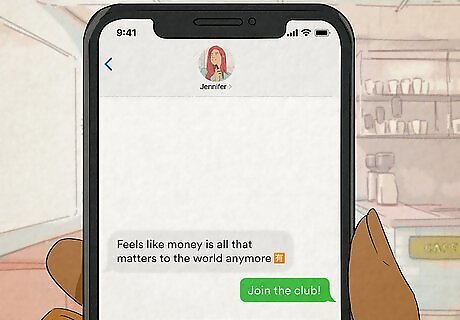
????️ means “not free” or “unable to afford.” At a surface level, this emoji literally means “not free of charge.” It originates from the Japanese word “有料” (yūryō), which means “fee-charging,” “paid,” “not free.” Some people use this emoji for emphasis in conversations about materialism and ownership, while other people use it to literally mean “can’t afford.” “Feels like money is all that matters to the world anymore ????” “I really don’t think you can afford to be late to work again! ????” Pronunciation: ???????? - yū and ???????? - you.
????️ (Japanese “free of charge” emoji)

????️ means “free” or “nothing.” In Japanese, the kanji “無” literally means “nothing” or “zero.” Some people use ????️ to represent that they don’t have something, while others use it to signify a freebie somewhere. “Do we have any sugar?” “????️, you’ll have to run to the grocery store and pick some up.” “My dentist’s office is giving out ????️ toothbrushes today!” Pronunciation: ???????? - mu and ???????? - wu.
????️ (Japanese “application” emoji)
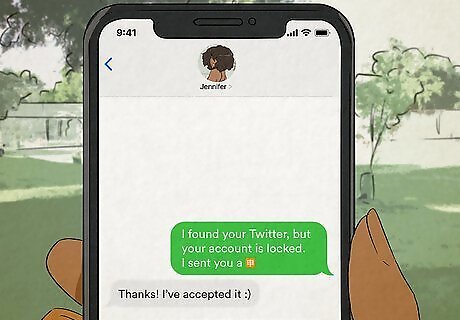
????️ means “application,” “request,” or “monkey.” The “申” kanji in this emoji is shorthand for “申請” (shinsei), which translates to “application,” “petition,” or “request” in Japanese. However, the “申” kanji can also mean “monkey” on its own in a playful, symbolic, or astrological sense. “I was born in the year of the ????️” “I found your Twitter, but your account is locked. I sent you a ????️.” Pronunciation: ???????? - saru and ???????? - shen.
????️ (Japanese “open for business” emoji)
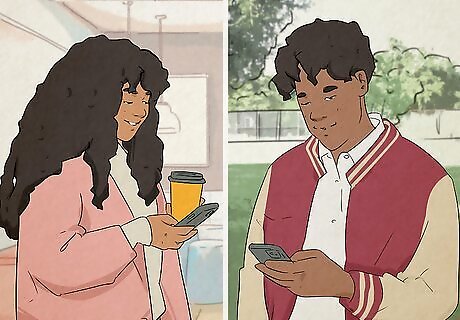
????️ means “open for business.” The “営” kanji in this emoji stems from the Japanese word “営業” (eigyou), which means “business,” “operations,” or “trade.” You can also see this kanji “営業時間” (eigyou jihan), the Japanese phrase for “business hours” or “opening hours.” People tend to use this emoji when talking about a newly-opened business. “Did you see that new thrift shop that just opened? ????” “Can’t wait to check out the new restaurant down the street! ????” Pronunciation: ???????? - ei and ???????? - yin.
????️ (Japanese “monthly amount” emoji)
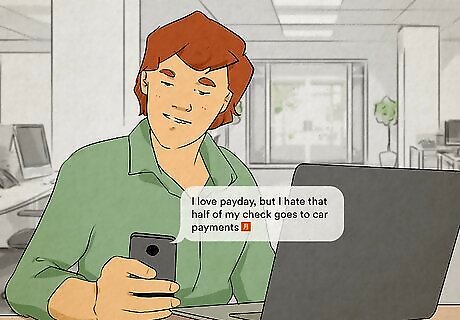
????️ means “monthly amount” or “month.” The kanji “月” literally translates to the word “month,” but can also mean “moon” in some circumstances. In the land of emojis, people use ????️ to talk about their bills, or about something specific happening during the month. “I love payday, but I hate that half of my check goes to car payments ????️” “My boyfriend’s birthday is next ????️, and I was thinking about throwing him a surprise party.” Pronunciation: ???????? - tsuki and ???????? - yue.
???? (white flower emoji)

White flower means “a job well done,” “love,” “beauty,” and “happiness.” Japanese teachers often use this flower motif when grading superb assignments, and some people use the emoji as a type of praise or celebration. You can also use this flower more aesthetically in their messages, or to reference something floral. “Happy Valentine’s Day babe! ????” “Check out these daisy-printed shoes I just got! ????” In some versions of this emoji, you can see some Japanese writing in the middle of this flower if you really squint. The message is “大変よくできました” (taihen yoku dekimashita), which means “you did a great job.”
????️ (Japanese “bargain” emoji)
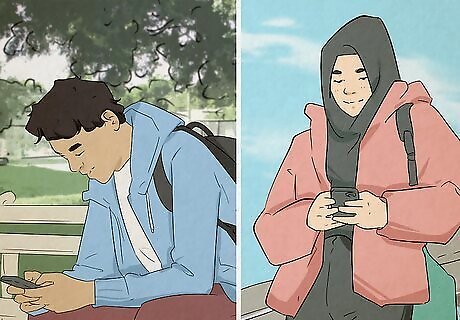
????️ means “bargain” or “gain.” The kanji “得” actually means “advantage,” “gain,” or “benefit.” Some people use this emoji when talking about gains and losses, though you can also use ????️ to talk about a bargain or good deal, both literally and metaphorically. “Your hard work will pay ????️ off in the future!” “Ugh, I hate it when people sell counterfeit makeup online. ????️” “It’s their loss, but it could definitely be your ????️.” Pronunciation: ???????? - toku and ???????? - de.
㊙️ (Japanese “secret” emoji)
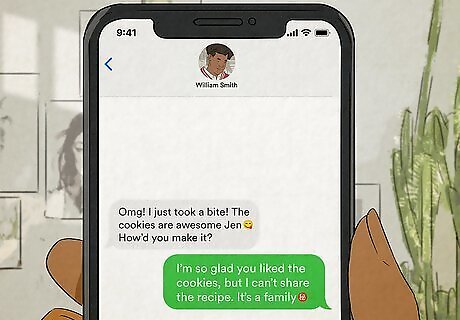
㊙ means “secret.” The kanji “秘” on its own means “secret,” but it also comes from the Japanese word “秘密” (himitsu), which means “secrecy,” “privacy,” or “confidentiality.” People typically use this emoji when they’re talking about a secret of their own or something they were sworn to secrecy about. “Can’t say! It’s ㊙️, haha” “I’m so glad you liked the cookies, but I can’t share the recipe. It’s a family ㊙️.” Pronunciation: ???????? - hee and ???????? - mee.
㊗️ (Japanese “congratulations” emoji)

㊗️ means “congratulations.” The kanji “祝” comes from the Japanese word “祝い” (iwai), which literally means “congratulations” or “celebration.” You can use this emoji to denote some kind of celebration or special event, whether it’s a marriage, birthday, or something else entirely. “㊗️ Happy birthday Sarah!” “㊗️ Happy anniversary, Mom and Dad!” Pronunciation: ???????? - iwai and ???????? - zhu.
????️ (Japanese “passing grade” emoji)

????️ means “passing grade” or “go.” The kanji “合” is used in a lot of different Japanese words; however, this version of “合” comes from the word “合格” (gōkaku), which means “passing grade,” “pass,” “success,” or “passing an exam.” You can use this emoji when talking about their grades or a test they just passed, or to represent a stage of growth. Other people use this emoji to literally represent the word “go” (which is a pronunciation of the kanji). “I’m so relieved, I passed my math final ????️” “A new school year, a new challenge ????️” “What are you waiting for? Let’s go! ????️” As a Chinese character, “合” (pronounced as “he”) means “combine.” Certain people might use it to emphasize the word “combine” in a message, like “I think if we combine our workload, we can get even more done. ????️” Pronunciation: ???????? - gō and ???????? - he.
????️ (Japanese “no vacancy” emoji)
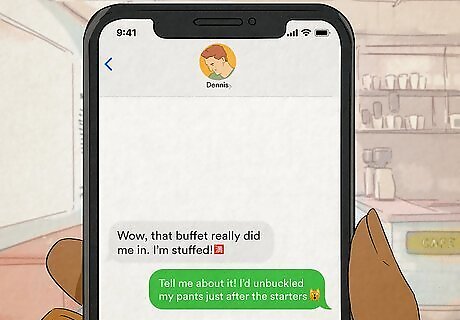
????️ means “no vacancy,” “full,” or “limited.” On its own, this kanji means “being full.” When used in a verb, “満ちる” (michiru) means “to become full (of),” “to be filled (with),” or “to fill.” In some cases, people use this emoji to talk about something that’s limited. Other people just use this emoji to emphasize the word “full” in a message. “Come quickly! The store is almost sold out of PS5s ????” “Wow, that buffet really did me in. I’m stuffed! ????” Pronunciation: ???????? - mitsuru and ???????? - mun.
????️ (Japanese “discount” emoji)
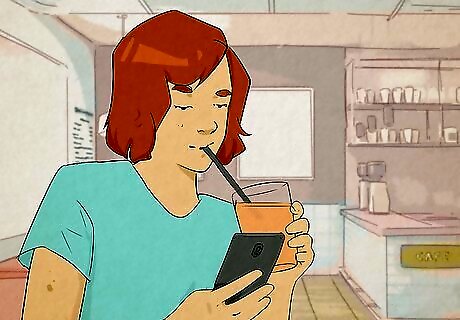
????️ means “discount.” This kanji comes from the Japanese word “割り” (wari), which means means “discount” or “rebate.” This emoji is pretty straightforward—most people use it to represent a sale going on somewhere, while others use in a broader financial sense. “The grocery store is having a crazy deal on snow crabs today! ????️” “I’m down to get some pizza for dinner. You cool with splitting the tab? ????️” Pronunciation: ???????? - wari and ???????? - ge.
????️ (Japanese “prohibited” emoji)
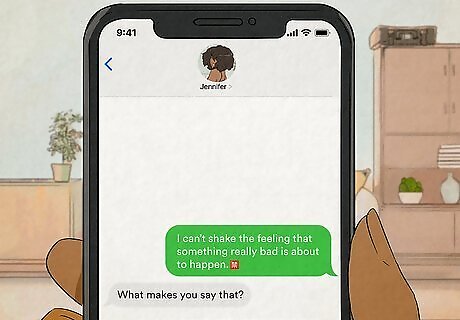
????️ means “banned,” “prohibited,” or “mysterious.” On its own, the kanji “禁” literally means “prohibition” or “ban”—it’s often used in the word “禁煙” (kinen), which means “to quit smoking.” People use this emoji to discuss when something isn’t allowed. Others use it to describe the sense of mystery that something has, or when they’re dreading something. “Sorry, man. I don’t think you’re allowed to bring your own food into the movie theater. ????️” “Maybe we’ll never know if ???? exist. I, for one, enjoy the mystery ????️” “I can’t shake the feeling that something really bad is about to happen. ????️” Pronunciation: ???????? - kin and ???????? - jin.
????️ (Japanese “reserved” emoji)

????️ means “reserved,” “pointing,” or “finger.” The ????️ emoji often represents the word “reserved”; however, the kanji “指” also means “finger” or “digit.” When used as a verb, like “指す” (sasu), it means “to point.” Some people use this emoji when chatting about a literal reservation, like at a restaurant. You can also prefer to reference the “finger” or “pointing” meaning of the emoji when they use it. “So grateful that Mary saved a seat for me in the reserved class ????” “Super excited! Just got reservations at the new seafood place in town. ????” “I don’t think it’s fair to point fingers when we don’t even know what happened. ????” Pronunciation: ???????? - yubi and ???????? - zhi.
????️ (Japanese “vacancy” emoji)
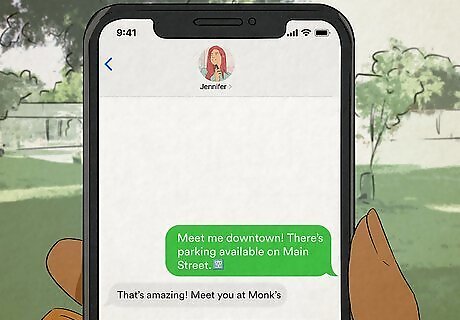
????️ means “vacancy,” “emptiness,” or “opening.” The kanji “空” can mean “sky,” but for the sake of this emoji, it means “vacancy” or “emptiness.” You can use this emoji to let friends know about a vacant spot, like in a parking lot. Other people might also use the emoji to signify a job opening or vacancy. “Meet me downtown! There’s parking available on Main Street. ????” “If you’re still on the job market, I found an opening at the local bakery. ????????” Pronunciation: ???????? - kara and ???????? - kong.
????️ (Japanese “service charge” emoji)

????️ means “service charge” or “served.” This emoji actually includes the letter “サ” (sa) in katakana, a Japanese alphabet. For this emoji, “サ” is shorthand for “サービス (saabisu/service).” Some use this emoji to refer to a literal service charge or payment, while others use it in a more metaphorical sense, like “serving someone right.” “With the extra service charge, the total payment is $120. ????️” “Can’t say I’m disappointed. Serves you right for voting against me! ????️” “If you ask me, she did everyone a service. ????️”
????️ (Japanese “here” emoji)

????️ (koko) means “here.” “ココ” literally means “here” in Japanese, and typically means the exact same thing in emoji form. You can use ????️ to replace the word “here” in a conversation. You can also like to use this emoji metaphorically, and will include it with quotes and messages that use the word “here.” “Where are you?” “????️” “Here we go! ????️” Japanese has 3 alphabets: kanji, hiragana, and katakana. In most forms of Japanese, “koko” is traditionally spelled in hiragana (ここ) rather than katakana (ココ). Hiragana and kanji are used to write traditional Japanese, while katakana is typically used to write loan words/cognates from other languages.

















Comments
0 comment